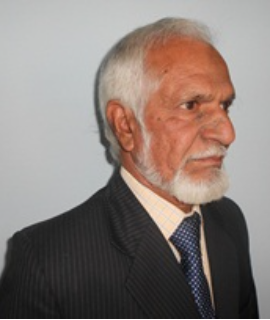Title : Postulation of Rust Resistant Genes in High Yielding Wheat From Wild Species by Back-Cross Method
Abstract:
Bread wheat (Triticum aestivum) is the second most important food cropof the world. Improvement of yield beyond existing level and its stability willbe possible through exploitation of hybrid vigour , introgression of novel genes for yield , biotic and abiotic stresses., Globally fungal diseases particularly rusts are major biotic constraints. The threats of epidemics of rusts disease always looms over wheat growing belts, and scientists should ensure our farming community that no such phenomenon occur again. The scientists world over exploiting effective alien genes for rusts resistance..The genes derived from Agropyron, Aegilops and rye are offering effectiveness against the prevalent races of stem ,leaf and stripe rusts . At IARI R.S. Wellington judicious and meticulously planned back-cross technique was initiated to transfer effective dominant genes that governs The rust resistance resulted in development number of near isogenics lines of popular(released) Indian bread wheat cultivars .The present two pronged strategy i.e., sustain the yield level already achieved by replacing the rust susceptible wheat varieties using near isogenic lines of the same variety carrying specific rust resistant genes and developing high yielding rust resistant varieties using hybrdization. At IARI Wellington large number of near isogenenic wheat varieties of Indian bread wheat cultivars ie.,C306, HD 2402, HD 2285, HS 240, HD2329 , Kalyansona , Sonolika, UP 262, WL 711, Lok 1, WH 147, HD 2687, RAJ 3077, PBW 343and UP 2338 etc, by introgressing effective rust resistant genes like Lr 9, Lr 24, Lr 28, Lr 32, Lr, 37, Lr 39, Lr42 and Lr 48,forleaf rust, Sr 24, Sr 26, Sr 31, Sr 34, Sr 36, and Sr 38, for stem rust , and Yr9, Yr 10, Yr 15 and Yr 17for stripe rust using back cross method, Many of these lines developed by this method has become cultivar/varieties in India in recent times. The various methods of Back Cross for Dominance, Recessive and multiple gene transfer has been discussed.



